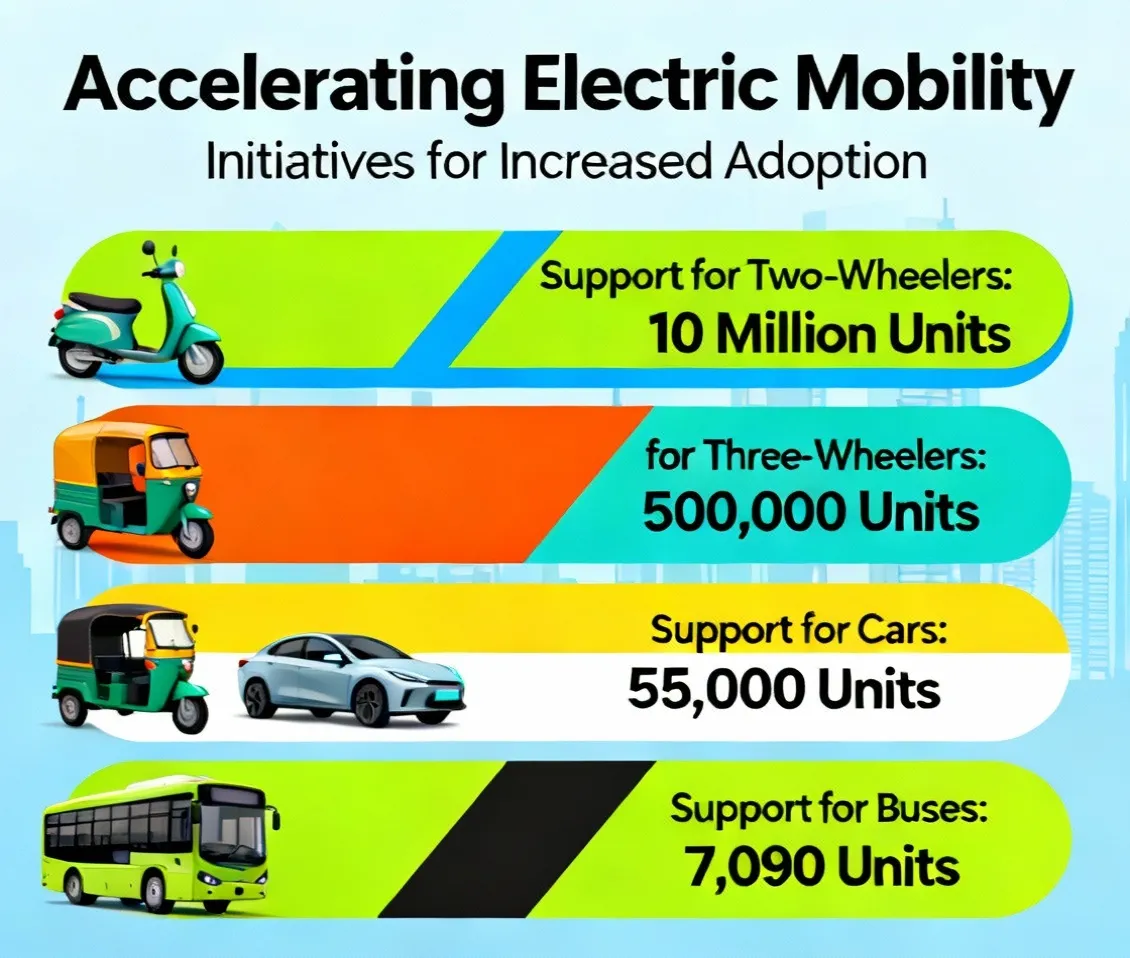Electric vehicles are slowly changing the way we travel, and more importantly, they are helping us move towards a cleaner, greener world. Thanks to subsidies, owning one of these eco-friendly cars is no longer just for the wealthy—it’s becoming a real option for everyday people. Around the globe, governments are rolling out financial incentives to boost EV adoption and fight climate change.
In today’s post, we’ll talk about what EV subsidies actually are, the benefits they bring, and the challenges that come along with them. Let’s walk through why these financial boosts matter and how they’re shaping the future of the automobile industry.
What Exactly Are EV Subsidies?
At their core, electric vehicle subsidies are financial perks offered by governments to encourage people to switch to EVs. These can come in different forms—tax credits, cash rebates, or direct price reductions. Since electric cars are usually more expensive upfront, subsidies help reduce that initial burden and make the choice much more practical for buyers.
The idea is simple: make clean transport more affordable and cut down on our dependence on fossil fuels. Depending on the scheme, eligibility may vary—some look at the type of vehicle, others focus on the battery capacity. But the goal remains the same: reward cleaner choices.
Why Do Governments Push EV Subsidies?
There’s a clear reason behind it. Governments want more people driving vehicles that don’t spew harmful gases into the air. Since EVs have zero tailpipe emissions, subsidies are a way to fast-track their adoption and bring down greenhouse gas emissions.
But it’s not just about the environment. These programs also encourage growth in the auto industry. They spark innovation, push manufacturers to research better batteries, and create more jobs in green technology. In a way, subsidies are both a climate solution and an economic stimulus.
The Benefits of Subsidies:
- More people can afford EVs – By lowering costs, subsidies make EVs accessible to middle-class families, not just the wealthy.
- Cleaner air and fewer emissions – The more EVs on the road, the better for public health and the planet.
- Boost to local economies – Increased demand encourages automakers to release new models, expand production, and hire more workers.
- Raising awareness – Subsidies don’t just cut costs; they also highlight the real advantages of EVs to the public.
The Challenges and Limitations:
Of course, subsidies aren’t a perfect fix. A few problems stand out:
- They often benefit wealthier buyers more than lower-income families.
- Funding these programs can strain government budgets.
- Lack of charging infrastructure still makes EV ownership difficult in many regions.
- If the electricity grid is powered by coal or oil, the environmental benefits are reduced.
- The paperwork and eligibility requirements can sometimes discourage buyers.
How Subsidies Shape the Future?
Despite the hurdles, subsidies are playing a key role in pushing the EV industry forward. They drive competition, leading to better technologies and falling prices. More EVs on the road also create demand for cleaner electricity, indirectly supporting renewable energy growth.
In the bigger picture, subsidies signal to carmakers that the future is electric. By supporting research, production, and consumer adoption, they’re helping move the world closer to climate goals.
FAME India II Scheme has been allocated ~INR 2904 Crore in FY 2022-2023 to incentivise EV adoption & create charging infrastructure.
Know more about the sector: https://t.co/BlIgaebfrr#InvestIndia #AutomobileIndustry #ElectricVehicles @DrMNPandeyMP @makeinindia pic.twitter.com/k3w36QDqA4
— Invest India (@investindia) March 5, 2023
A Look at India’s FAME II Scheme:
India’s FAME II (Faster Adoption and Manufacturing of Hybrid & Electric Vehicles) scheme is one of the key programs supporting EV adoption:
- Two-wheelers – Buyers can get up to ₹15,000 per kWh of battery capacity, with a cap of 40% of the vehicle price. However, since April 2023, the subsidy has been cut down to 15%. Even so, it makes electric scooters significantly cheaper.
- Four-wheelers – Car buyers can claim ₹10,000 per kWh of battery capacity, up to a maximum of ₹1.5 lakhs. This lowers the upfront cost and makes EVs a more realistic option for families.
On top of this, many states add their own incentives. For example:
- Delhi offers up to ₹30,000 for electric scooters along with waived registration fees.
- Assam, Gujarat, and West Bengal provide ₹10,000 per kWh (capped at ₹1.5 lakhs).
- Meghalaya gives ₹4,000 per kWh, up to ₹60,000.
Final Thoughts:
Subsidies have become a powerful tool in nudging people towards cleaner transportation. They not only make EVs more affordable but also push innovation and strengthen the automotive industry. While challenges like unequal distribution and budget constraints remain, the overall impact is undeniable.
At the end of the day, knowing the pros and cons helps buyers make smarter choices. And one thing is clear—the road to a greener future is being paved, quite literally, by electric vehicles.

